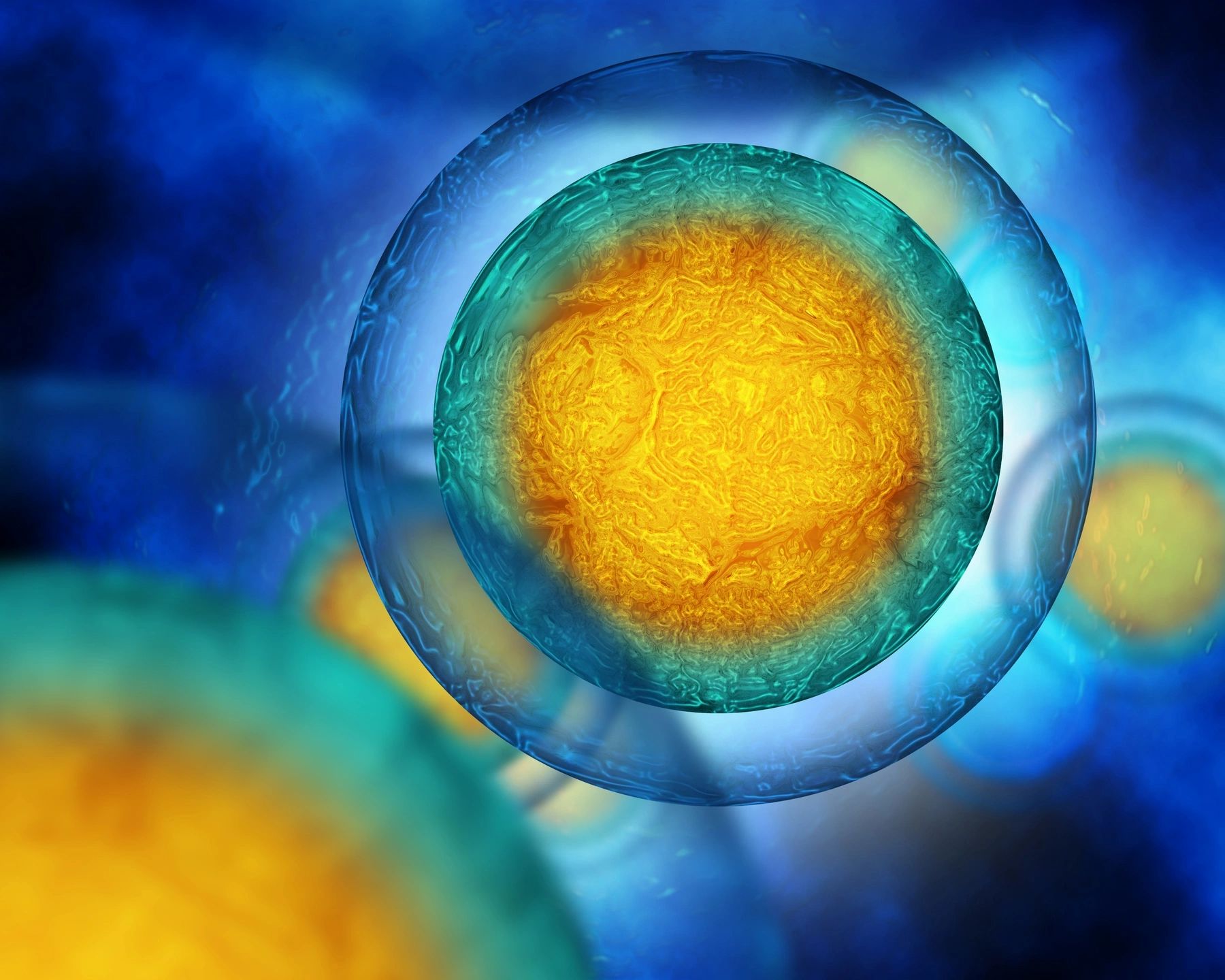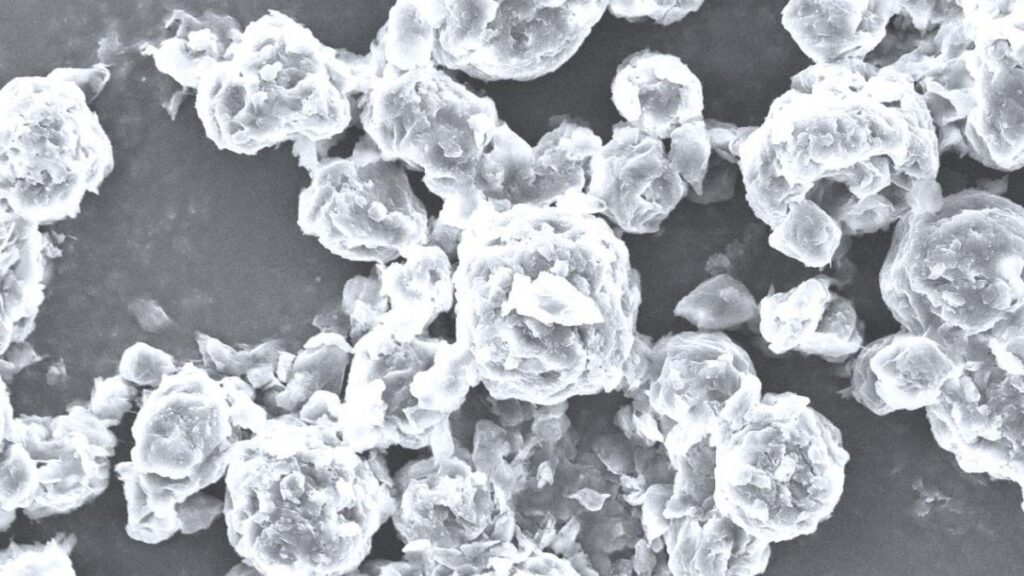
Food scientists turn cheddar orange in a green whey
- Post by: Anna Gallow
- June 28, 2018
- Comments off

Cornell food scientists have found an infusion process to give cheddar cheese its consumer-pleasing orange color.
The new method creates no waste when squeezing out the watery whey, while preserving whey’s natural color for other commercial uses, according to the published paper in the journal of ACS Applied Materials and Interface.
“Observing cheddar cheese in the grocers’ dairy cases, you see different hues of orange and yellow, and they’re all very popular with consumers,” said Alireza Abbaspourrad, the Yongkeun Joh Assistant Professor of Food Chemistry and Ingredient Technology in the Department of Food Science. The cheddar cheese’s hint of tint comes from the South America-grown red annatto seed. Adding the seed’s color to milk during the cheese-making process turns the mixture orange or deep yellow.
Currently, when the curds form, cheese processors are left with an orange color whey, the liquid part of milk, which is a valuable protein source. But as an additive to other foods, it’s not commercially viable because of its color.
“As whey drains, it still contains a lot of lactose, protein and minerals, which can be a valuable additive when it is spray dried. Food companies can use the powder to add to food products, like infant formula or weight-training drinks, for example,” said Abbaspourrad. “But no one wants to use orange color whey.”
Abbaspourrad’s group has created an annatto-infused microcapsule – coated with a natural shell of casein, and a layer of fat – that when added to milk befriends the curd and leaves the liquid whey alone.
Inside the curd, microcapsules open during the cheese-aging process. As curds mature, the fat layer is degraded by enzymes that naturally dissolve and release reddish annatto (bixin) to color the curds. “There’s nothing artificial, it’s all natural, it’s all green,” said Abbaspourrad.
Assembling the microcapsules is a simple process. Imagine making a vinegar and olive oil salad dressing, and then vigorously shaking it – by way of a homogenizer – into an emulsion. The emulsion is then coated with fat and casein protein, which naturally sticks to the surface of droplets and becomes a group of microcapsules.
This system is quite pliant, said Abbaspourrad: “The microcapsule shell’s composition is controllable, tunable and it can be optimized to use with other enzymes in other food systems or other media.”
Abbaspourrad and co-author doctoral student Raheleh Ravanfar filed a provisional patent for the enzymatically-triggered microcapsules as a novel method to selectively deliver color to cheddar cheese and obtain white whey powder.
This research, “Controlling the Release from Enzyme-Responsive Microcapsules with a Smart Natural Shell,” appeared earlier this year in the American Chemical Society’s Applied Materials & Interfaces. It was co-authored by doctoral student Raheleh Ravanfar (first author) and postdoctoral researcher Giovana Celli. The study was funded by Dairy Management Inc.
Related research, “Annatto-Entrapped Casein-Chitosan Complexes Improve Whey Color Quality After Acid Coagulation of Milk,” appears in Food Chemistry in July. It was co-authored by Celli (lead author); Ravanfar; and Siva Kaliappan and Rohit Kapoor of National Dairy Council. Funding was provided by the National Dairy Council.